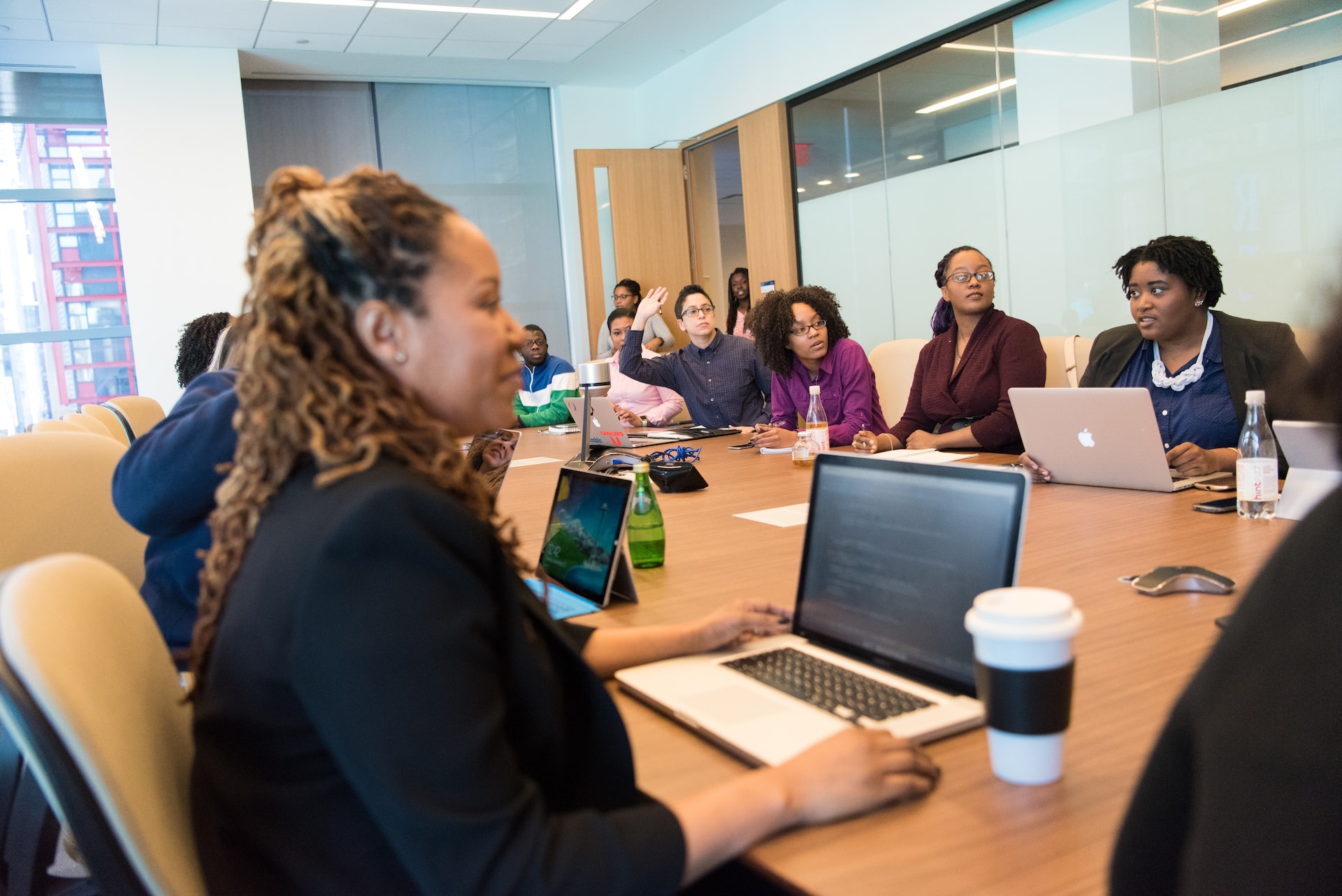In a society where retirement once symbolized the golden years of relaxation and leisure, a growing number of Americans are now buckling under financial pressures that push them back into the workforce. This resurgence of senior workers is not just a trend but a deep-seated shift in the American work landscape, raising questions about sustainability, ageism, and economic security.

Senior Workers: Rising Again Amidst Financial Strain
Hope Murray’s story embodies a reality faced by many seniors across the United States. After retiring in 2013 from a diverse career spanning 50 years, Murray found herself drawn back into the workforce due to escalating living costs.
Her experience at a Costco in San Diego, where she earns $18 an hour giving out samples, reflects a broader national issue. “It got kind of scary. I needed some extra money coming in,” Murray explains, highlighting the economic factors that drive many seniors back to work.
Murray, like many others, represents a dramatic shift in workforce demographics. According to the Pew Research Center, Americans over 75 are the fastest-growing group in the labor market, a trend expected to continue as this demographic is projected to double in the next decade.
More people are working well past retirement age. It’s not easy. – CNN https://t.co/GvljFCzP0i
— Maggie LaPointe (@courageousgirl2) April 15, 2024
Health, Longevity, and the Workforce
The increase in senior employment is also influenced by improved health and longer life expectancy, which allows many seniors to stay active longer.
Gal Wettstein, a senior research economist at the Center for Retirement Research at Boston College, notes, “More people are working at desk jobs that don’t require much physical labor,” enabling older adults to extend their careers.
Furthermore, advancements in remote work opportunities have made it easier for older individuals to continue working without the physical demands of traditional jobs.
Economic Necessity Versus Choice
The narrative that all seniors are working by choice, however, is only part of the story. Monique Morrissey, a senior economist at the Economic Policy Institute, points out the stark differences in retirement experiences.
“It’s a tale of two retirements,” Morrissey states, underscoring that while some enjoy lucrative later-life careers, others struggle to make ends meet.

For instance, Heidi Brockway’s transition from a 30-year career in early education to a menial job at a preschool highlights the harsh realities of inadequate retirement savings. “I now sweep, clean toilets, mop, and empty trash for $13.40 an hour and all the pride I can swallow.
But I am employed at least,” Brockway shares, illustrating the desperation many feel in securing any form of employment to sustain basic living standards.
The Challenge of Age Discrimination
Despite the contributions of older workers, age discrimination remains a significant barrier. The Age Discrimination in Employment Act (ADEA) protects workers over 40, yet proving discrimination poses considerable challenges.
A recent survey by AARP reveals that two-thirds of adults over 50 believe older workers face discrimination in the workplace, a sentiment echoed by many like Bob Vaughn, who experienced the sting of rejection despite his qualifications. “The 800-pound gorilla is that I’m 64 and a half,” Vaughn remarked, after numerous unsuccessful job interviews.
Work After Retirement: A Call for Adaptation
As the workforce continues to age, there is a pressing need for both political and employer support to adapt workplace practices to the needs of older workers. This includes investment in health and wellness programs and retraining initiatives to keep senior employees productive and engaged.

The experiences of workers like Diane Reiter, who struggles with job re-entry due to memory issues, underline the necessity for innovative employment models that accommodate the unique challenges faced by older workers.
“Unfortunately my memory is not as good as it used to be, and therefore my options are limited,” Reiter admits, highlighting the need for roles tailored to varying capabilities.
Moving Ahead
The landscape of American employment is undeniably changing, with more seniors than ever re-entering the workforce out of economic necessity. While this trend showcases the resilience and capability of older adults, it also calls for a critical evaluation of retirement security and employment practices. As the workforce ages, embracing and supporting senior workers will not only be a matter of ethics but a crucial economic imperative.









